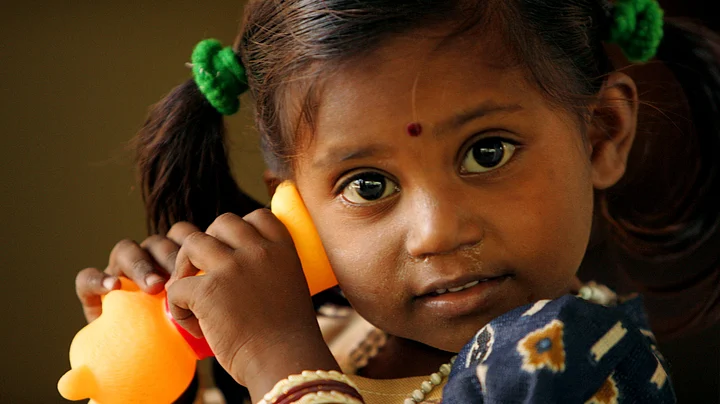There has to be something wrong with us as a country. Consider this – it takes 10 bucks, address proof and two months to get a gun license, but it can take up to three years to adopt a child.
There are an estimated 30 million orphan children in India. About 50,000 of them are “legally adoptable”.
Statistics put up by the Central Adoption Resource Authority (CARA) indicate that the rate of adoption by Indians and NRIs combined, have fallen by 31% in the last five years.
And yet, illegal adoption thrives in our country with babies being sold for as much as Rs 5,50,000. One is forced to wonder why.
Time Consuming Adoption Process
It can take between six months to two or even three years to adopt a child. Two agencies – at the state and centre level co-ordinate the vetting process of prospective parents. Women & Child Development Minister Maneka Gandhi is believed to be studying the possibility of doing away with state agencies and centralising the adoption procedure.
Excessive Bureaucratic Caution
The prospective parents are expected to fill complicated paper work, provide proof that they are capable to taking care of the child and get a home study report done, in which an official evaluates the home environment.
The rules were set in place to prevent child trafficking and child abuse. While that, understandably, is a key concern, the current complex set of adoption norms have not helped check child trafficking either.
Long Waiting Lists
A domino effect of the above factors has resulted in a serpentine waiting list of adoptive parents. This discourages some prospective parents from even registering with CARA.
No Uniform Adoption Law
The only law that deals with adoption in the country is the Hindu Adoption and Maintenance Act, 1956 which allows Hindus to adopt Hindu children.
Foreigners looking to adopt children have to secure guardianship of the child under the Guardians and Wards Act, 1890 and take the child back to their home country and secure adoption from local courts there. The Supreme Court has however, put a set of guidelines in place, which are to be followed until a law is enacted.
In 2006, the government amended the Juvenile Justice (Care and Protection) Act which makes a brief reference to adoption. Under Section 41, a child will be found fit for adoption after a proper investigation concludes that he or she has in fact, been abandoned or orphaned.
In February 2014, the Supreme Court of India disposed a nine-year old PIL filed by social activist Shabnam Hashmi seeking a uniform law on adoption. Former Commissioner of the National Commission for Minorities Tahir Mehmood writes that successive governments have shied away from enacting an adoption law because of opposition from Muslim and Parsi groups.
While the Parsi religion prohibits the assimilation of an “outsider” into a Zoroastrian family, Muslims believe that their religious law totally prohibits adoption.
- Tahir Mehmood
The noted jurist makes the point that the Supreme Court is yet to clarify its stand on the laws that govern, not the adopting parents, but the adoptee children.
The good news is that the Women and Child Development Minister Maneka Gandhi is aware of the problem and has shown intent to solve it. Currently, only 8,000 to 10,000 of every 50,000 orphan children are adopted. Maneka Gandhi has threatened to shut down adoption centres that do not process adoptions within a four-month time period.
Addressing the National Meet on adoption organised by CARA, the Union Minister said
I’m actually appalled by all of you. I have found bottlenecks, idleness, unconcern, deliberate lying... in this process, you have destroyed thousands of lives
She also admitted that many parents prefer illegal adoption because “legal agencies trouble them a lot”. The Minister’s challenge now lies in striking a balance by introducing a thorough, quick and painless adoption procedure, and yet ensuring that the safety and future of the adoptable children is not compromised.
(At The Quint, we question everything. Play an active role in shaping our journalism by becoming a member today.)
